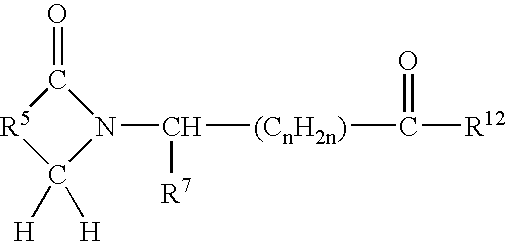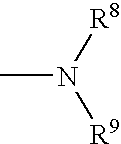Methods of using and compositions comprising selective cytokine inhibitory drugs for the treatment and management of disorders of the central nervous system
- Summary
- Abstract
- Description
- Claims
- Application Information
AI Technical Summary
Benefits of technology
Problems solved by technology
Method used
Image
Examples
Embodiment Construction
[0035] A first embodiment of the invention encompasses methods of treating or preventing a central nervous system disorder, which comprises administering to a patient in need of such treatment or prevention a therapeutically or prophylactically effective amount of a selective cytokine inhibitory drug, or a pharmaceutically acceptable salt, solvate, hydrate, stereoisomer, clathrate, or prodrug thereof. Central nervous system disorders, include, but are not limited to, Parkinson disease; bradykinesia; muscle rigidity; parkinsonian tremor; parkinsonian gait; motion freezing; depression; defective long-term memory, Rubinstein-Taybi syndrome (RTS); dementia; sleep disorders; postural instability; hypokinetic disorders; inflammation; synuclein disorders; multiple system artrophies; striatonigral degeneration; olivopontocerebellar atrophy; Shy-Drager syndrome; motor neuron disease with parkinsonian features; Lewy body dementia; Tau pathology disorders; progressive supranculear palsy; corti...
PUM
| Property | Measurement | Unit |
|---|---|---|
| Time | aaaaa | aaaaa |
| Stereoisomer | aaaaa | aaaaa |
| Inhibition | aaaaa | aaaaa |
Abstract
Description
Claims
Application Information
 Login to View More
Login to View More - R&D
- Intellectual Property
- Life Sciences
- Materials
- Tech Scout
- Unparalleled Data Quality
- Higher Quality Content
- 60% Fewer Hallucinations
Browse by: Latest US Patents, China's latest patents, Technical Efficacy Thesaurus, Application Domain, Technology Topic, Popular Technical Reports.
© 2025 PatSnap. All rights reserved.Legal|Privacy policy|Modern Slavery Act Transparency Statement|Sitemap|About US| Contact US: help@patsnap.com



